Description
Parameters & Specifications:
–Model Number: IS200TVBAH2ACC
–Brand: GE
–Type: Mark VI Control System Component1, Analog Input Module2, Turbine Control Module3, Printed Circuit Board (PCB)4
–Input Voltage: Varies depending on application (e.g., 120VAC to 240VAC for transformer variant5, 12-48VDC for other variants6)
–Output Voltage: Varies (e.g., 24VDC for PCB variant4)
–Power Capacity: 2000W for transformer variant5
Dimensions & Weight:
–Size:
- 229 x 127 x 64 mm (9 x 5 x 2.5 inches) for transformer variant5
- 150 mm x 100 mm x 20 mm for PCB variant4
- 170 mm x 105 mm x 32 mm for another variant6
–Weight: - 5.4 kg (12 lb) for transformer variant5
- 250 g for PCB variant4
- About 120 g for another variant6
-
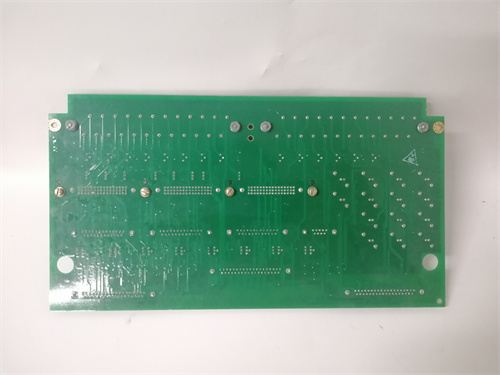
dav
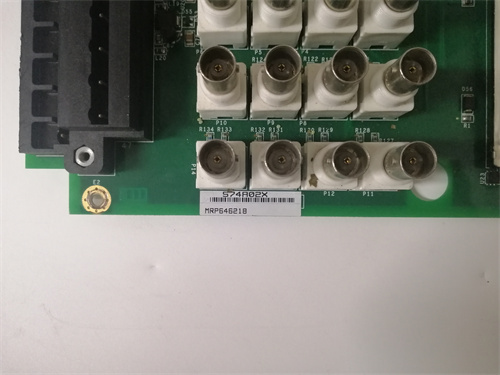
dav
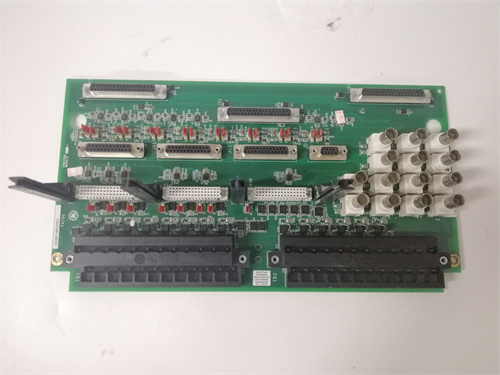
dav
Series:
- Part of GE’s IS200 series4
Features:
–High Accuracy & Fast Response: Provides precise data acquisition and prompt response time1
–Communication Capability: Supports communication with the main control system or host, possibly including Ethernet, Modbus, and RS48514
–Programmable: Adaptable to different application scenarios and configuration requirements1
–Multi-Power Input: Supports various power inputs, such as 24V DC and 120V AC1
–Reliability & Durability: Designed for stable operation in various industrial environments1
Functions & Applications: - Converts signals from sensors or devices into a format recognizable by the control system1
- Used in turbine control systems to monitor and process signals, such as vibration signals from turbine sensors4
- Enhances the stability and reliability of industrial automation processes2
- Can be applied in various industries, including power generation, manufacturing, and process control






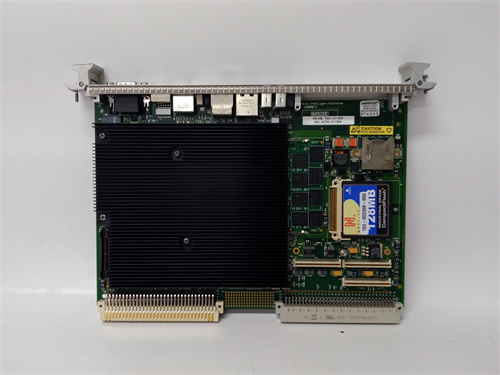


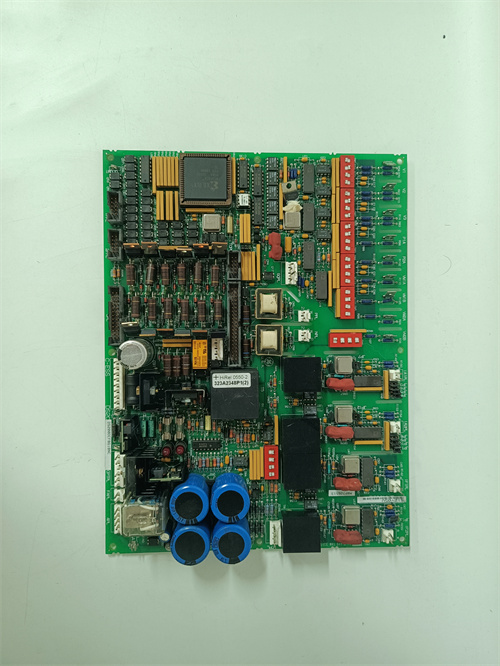
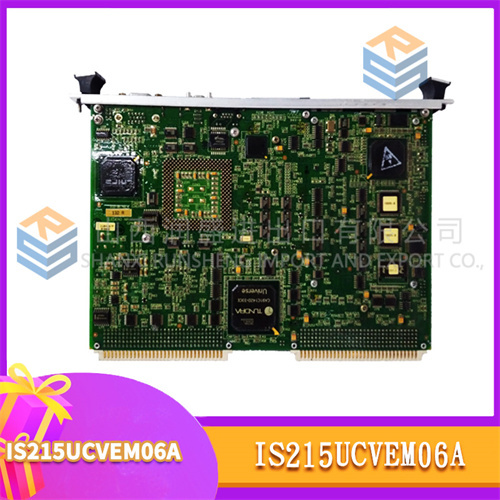
Reviews
There are no reviews yet.